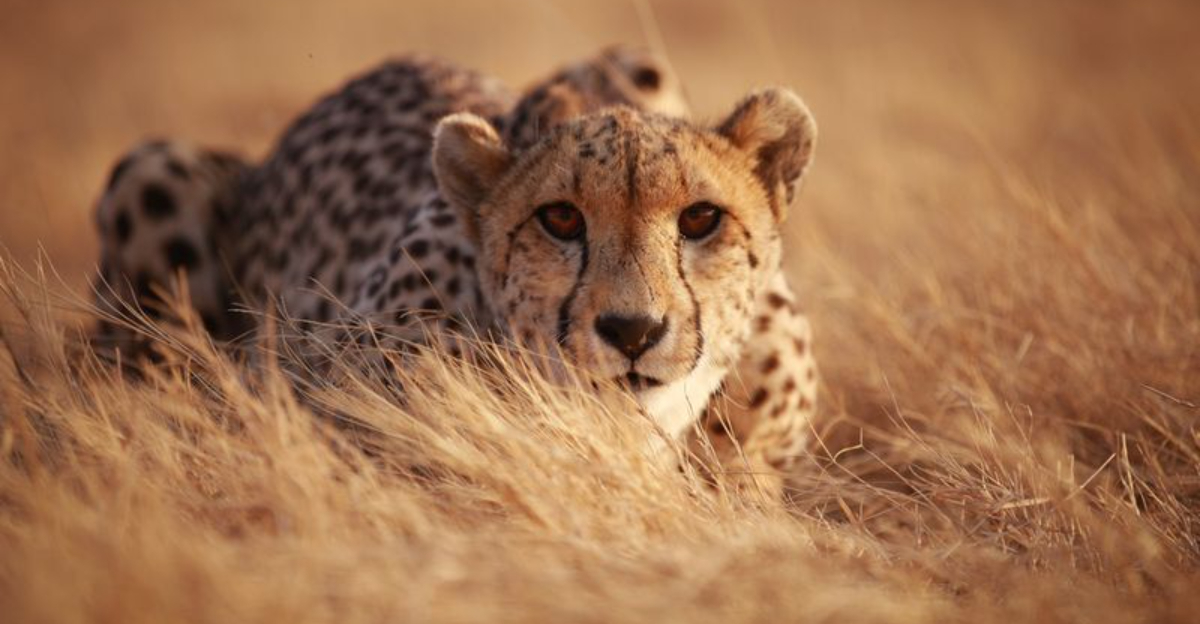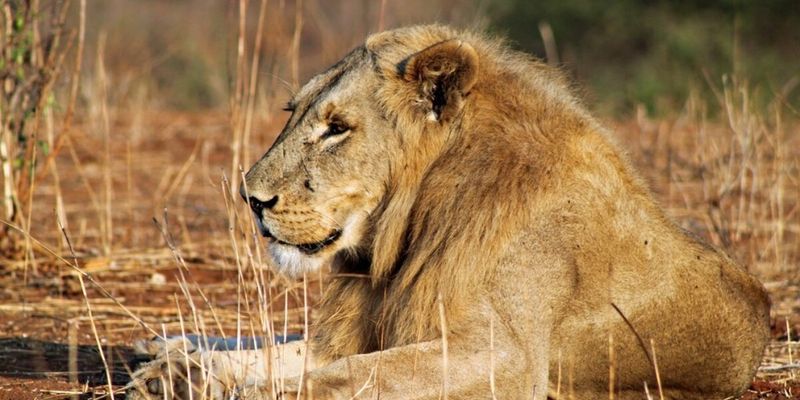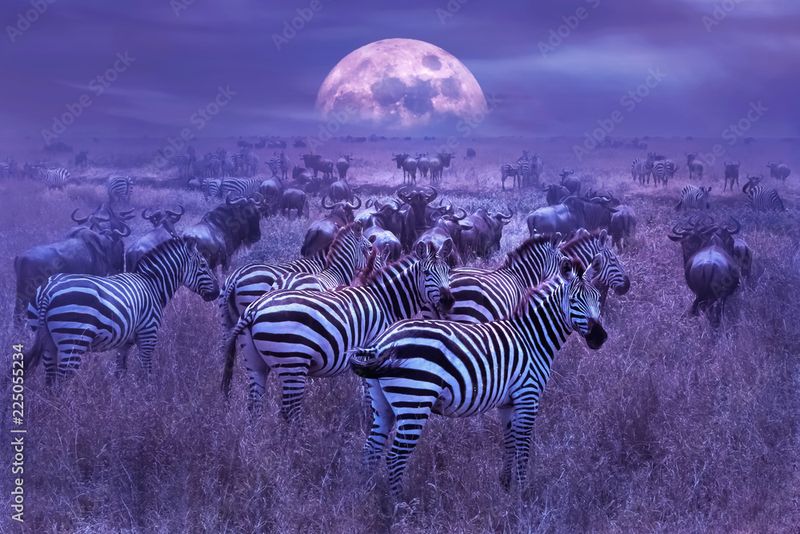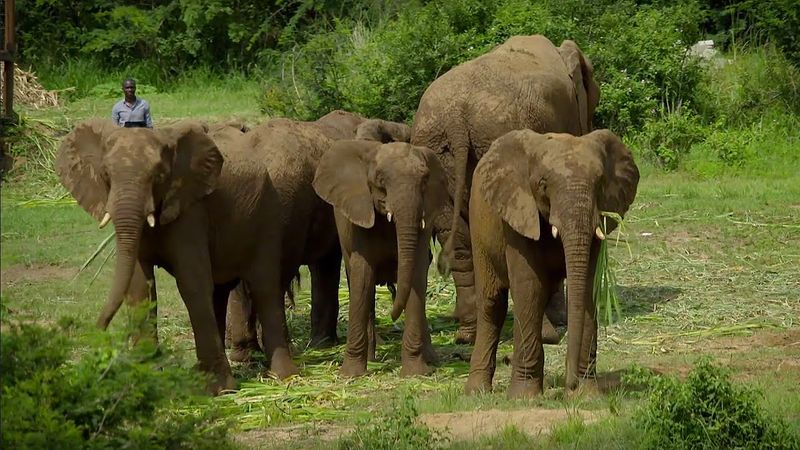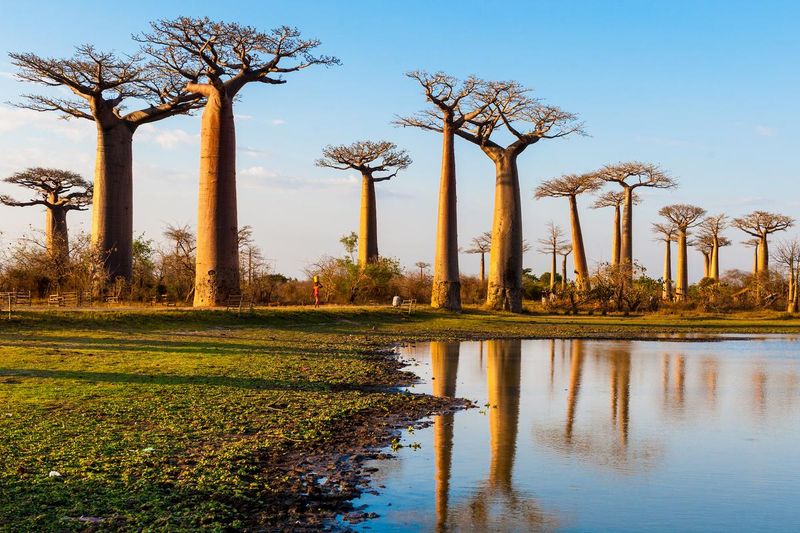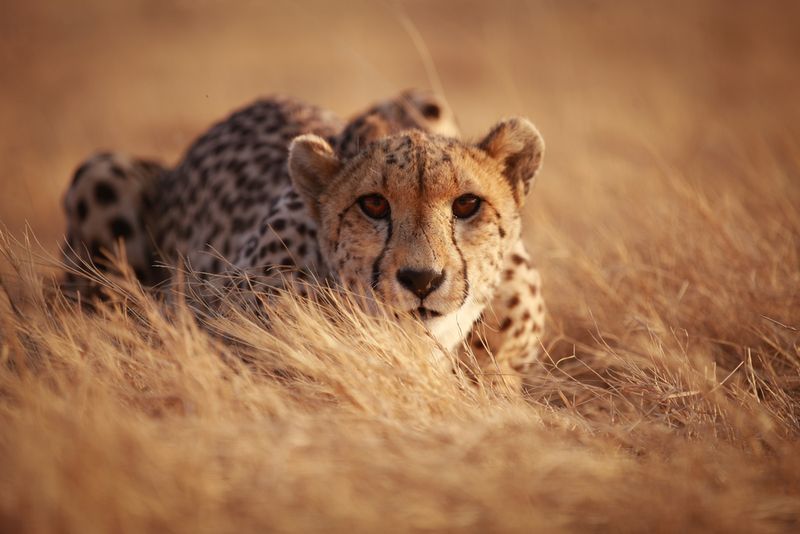The savannah is often imagined as a sun-drenched sea of grass and acacia trees, teeming with iconic wildlife. But beneath its golden façade lies a world of unanswered questions, elusive behavior, and strange phenomena.
The Vanishing Lions: Where Do They Go?
Lions are often seen as the monarchs of the savannah, yet entire prides have mysteriously disappeared without a trace in certain regions. Researchers have recorded instances where dominant lion populations simply vanish from their established territories. While poaching and human encroachment are contributing factors, they don’t always explain the sudden disappearances.
One theory suggests that lions might be retreating into unmonitored corridors during seasonal changes, while another hints at disease outbreaks spreading rapidly and invisibly. The elusive nature of their movements, especially during dry seasons, makes tracking difficult. Advanced GPS collars and aerial surveillance are starting to unravel this mystery, but questions remain.
Are they adapting new survival strategies? Or is something more sinister affecting their ecosystems? Until more data emerges, the mystery of the disappearing lions remains a haunting enigma in the heart of the savannah.
The Silent Migration: Ungulates’ Secret Night Journeys
Wildebeests and zebras are famous for their dramatic, thundering migrations across East Africa. But recent observations suggest that smaller, less conspicuous migrations also occur—often at night and in near silence. Herds of gazelles, antelope, and even giraffes have been spotted moving under cover of darkness, away from the spectacle of mass migration.
These nighttime treks raise many questions: What prompts them? Are they avoiding predators or human activity? Or is it tied to shifting climate patterns and water sources? Using infrared drones and motion-triggered cameras, scientists are beginning to document these nocturnal movements, which appear to follow unique routes separate from the well-known migratory paths.
These silent migrations may be an ancient survival tactic, forgotten in mainstream ecology. As we dig deeper into the data, a new story of adaptive resilience is emerging—one that could change how we understand life in the savannah.
Whispers in the Wind: Do Elephants Communicate Secretly?
Elephants are known for their intelligence and social complexity, but one of their most fascinating traits remains cloaked in mystery: their ability to communicate using low-frequency sounds. These infrasonic calls are often inaudible to humans, yet can travel for miles across the savannah. Scientists believe elephants use these calls to coordinate movements, alert others to danger, or even express emotions.
But how detailed is their “language”? Some studies suggest these sounds may carry individual identifiers or even instructions. What’s more mysterious is how elephants seem to react to distant events with uncanny timing, as if tuned into a savannah-wide communication network. Could they be using other environmental cues—vibrations in the ground, wind patterns, or even electromagnetic signals?
Unlocking this secret could revolutionize our understanding of animal cognition and social bonds. For now, the whispers of elephants remain one of nature’s most cryptic conversations.
Ghost Trees: Why Do Baobabs Suddenly Die?
The baobab tree, often called the “Tree of Life,” is a savannah icon known for its massive trunk and centuries-long lifespan. But in recent years, ancient baobabs—some over 1,000 years old—have mysteriously died, seemingly overnight. These collapses aren’t always linked to visible disease or drought, puzzling scientists who have long regarded baobabs as nearly indestructible.
Climate change is a prime suspect, as rising temperatures and shifting rainfall patterns may be stressing the trees in unseen ways. However, the suddenness of their deaths suggests there may be more to the story. Some researchers are investigating fungal pathogens, others suspect underground water sources are drying up or being redirected by human activity.
Satellite imagery and dendrochronology (tree ring analysis) are offering new clues, but many questions remain. The fall of these ancient sentinels leaves a silence in the savannah, a loss both ecological and cultural—one that deepens the mystery of the baobab’s fate.
Predators’ Sixth Sense: How Do Hunters Know When to Strike?
Cheetahs, leopards, and lions often seem to appear at just the right moment to ambush their prey. But how do they know where and when to hunt with such precision? While keen eyesight, smell, and hearing are part of the answer, many researchers suspect there’s more at play—a possible “sixth sense” that allows predators to detect prey movements and patterns without direct cues.
Some theories suggest that large carnivores can detect vibrations or subtle air currents caused by hoofbeats or even thermal signatures. Others believe they’re reading behavioral shifts in the prey—like tension or clustering—at a level we don’t yet understand. Animal tracking studies and behavioral modeling are starting to uncover patterns, but much about this instinctive precision remains unexplained.
Understanding these predatory strategies could not only demystify survival dynamics in the savannah but also inform conservation efforts and wildlife-human conflict mitigation. For now, the hunt remains one of nature’s most strategic and puzzling phenomena.
